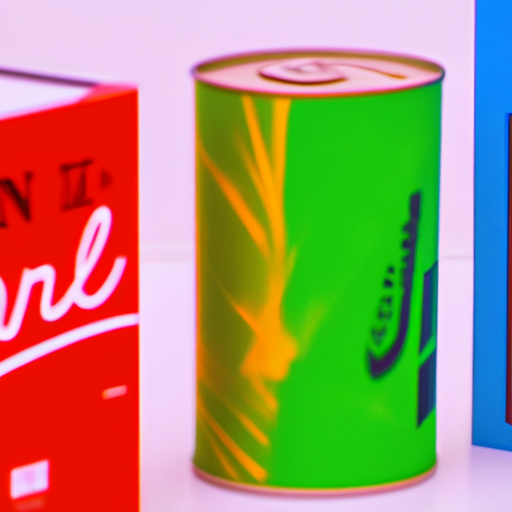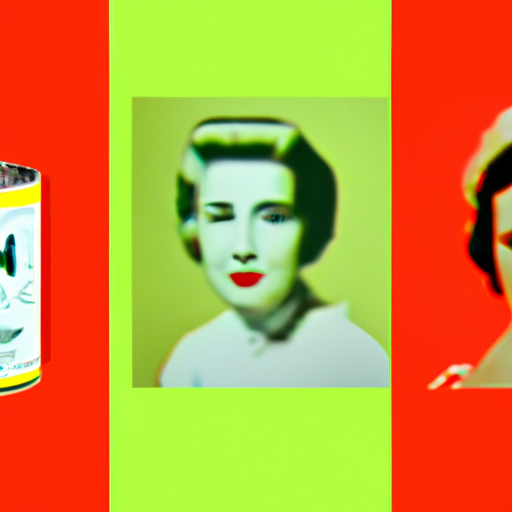
-
Table of Contents
Cultural Packaging Trends: Insights from Around the World

When it comes to packaging, cultural influences play a significant role in shaping consumer preferences and purchasing decisions. Packaging design is not just about aesthetics; it is a powerful tool that can communicate a brand’s values, evoke emotions, and resonate with consumers on a cultural level. In this article, we will explore some of the most compelling cultural packaging trends from around the world, providing valuable insights into how brands can effectively connect with diverse audiences.
The Rise of Minimalism in Western Packaging
In recent years, minimalism has become a dominant trend in Western packaging design. This trend is characterized by clean lines, simple typography, and a focus on functionality. Minimalist packaging appeals to consumers who value simplicity, authenticity, and sustainability. Brands like Apple and Muji have successfully embraced this trend, creating packaging that is both aesthetically pleasing and environmentally friendly.
One key driver behind the rise of minimalism in Western packaging is the growing concern for the environment. Consumers are becoming more conscious of the impact of excessive packaging waste on the planet, and they are actively seeking out brands that prioritize sustainability. Minimalist packaging, with its emphasis on reducing waste and using eco-friendly materials, aligns perfectly with this consumer mindset.
Another factor contributing to the popularity of minimalism is the desire for authenticity. In a world saturated with advertising and information, consumers are drawn to brands that offer a sense of simplicity and transparency. Minimalist packaging, with its clean and uncluttered design, conveys a sense of honesty and authenticity that resonates with consumers.
The Influence of Tradition in Asian Packaging
In contrast to the minimalist approach in the West, Asian packaging design often embraces tradition and cultural symbolism. In countries like China and Japan, packaging is seen as an opportunity to showcase the brand’s heritage and connect with consumers on a deeper level.
One example of this is the use of traditional motifs and patterns in packaging design. In Japan, for instance, packaging often features motifs inspired by nature, such as cherry blossoms or waves. These motifs not only add visual appeal but also evoke a sense of tradition and cultural identity. By incorporating these elements into their packaging, brands can tap into the emotional connection that consumers have with their cultural heritage.
Another important aspect of Asian packaging design is the use of colors. In many Asian cultures, colors hold symbolic meanings and are believed to have an impact on emotions and well-being. For example, red is associated with luck and prosperity in China, while gold symbolizes wealth and prestige. By carefully selecting colors that resonate with the target audience’s cultural beliefs, brands can create packaging that is not only visually appealing but also emotionally engaging.
Personalization and Localization in Global Packaging
As the world becomes increasingly interconnected, brands are recognizing the importance of personalization and localization in packaging design. Personalization involves tailoring the packaging to individual consumers, while localization involves adapting the packaging to specific cultural contexts.
One example of personalization in packaging is Coca-Cola’s “Share a Coke” campaign. The brand replaced its logo with popular names on its bottles, allowing consumers to find their own name or the name of a loved one. This campaign was a huge success, as it created a sense of personal connection between the consumer and the brand.
Localization, on the other hand, involves adapting packaging to suit the cultural preferences and norms of a specific market. For example, when McDonald’s entered the Indian market, it introduced vegetarian options and redesigned its packaging to reflect Indian cultural motifs. This localization strategy helped the brand connect with Indian consumers and establish a strong presence in the market.
Case Study: KitKat in Japan
A notable example of successful cultural packaging is KitKat’s strategy in Japan. In Japan, KitKat has become synonymous with good luck, as the name sounds similar to the Japanese phrase “kitto katsu,” which means “you will surely win.” Taking advantage of this cultural association, KitKat has released limited edition flavors and packaging designs that cater to Japanese tastes and traditions.
One example is the “Sakura Matcha” flavor, which combines the traditional Japanese flavors of cherry blossom (sakura) and green tea (matcha). The packaging features a beautiful cherry blossom design, appealing to Japanese consumers’ love for seasonal motifs. By incorporating these cultural elements into their packaging, KitKat has successfully positioned itself as a symbol of good luck and a must-have souvenir for tourists visiting Japan.
Key Takeaways
- Minimalism is a dominant trend in Western packaging, driven by concerns for the environment and a desire for authenticity.
- Asian packaging often embraces tradition and cultural symbolism, using motifs and colors that resonate with consumers’ cultural heritage.
- Personalization and localization are crucial in global packaging, allowing brands to create a personal connection with consumers and adapt to specific cultural contexts.
- Successful cultural packaging strategies, such as KitKat’s in Japan, leverage cultural associations and incorporate local flavors and designs.
Conclusion
Cultural packaging trends provide valuable insights into consumer preferences and behaviors around the world. By understanding and embracing these trends, brands can create packaging that resonates with diverse audiences, establishes emotional connections, and drives consumer loyalty. Whether it’s through minimalism, tradition, personalization, or localization, packaging design has the power to transcend language barriers and communicate a brand’s values on a cultural level.
